Operating a commercial motor vehicle can be one of the most dangerous occupations in the world. According to the U.S. Department of Transportation’s Fatality Analysis Reporting System (FARS), 679 large truck occupants were killed on the job in the U.S. in 2019.
If you’re interested in improving your fleet’s safety, installing telematics devices into your company’s vehicles will help manage high-risk driving behaviors via detailed reports. Telematics will also equip fleet managers and senior management with high-quality data that can help them to proactively identify potential problems before they happen. Here’s how:

- Reduce Speeding and Unsafe Driving :
According to the National Highway Traffic Safety Administration (NHTSA), for more than two decades, speeding has been involved in approximately one-third of all motor vehicle fatalities. In 2019, speeding was a contributing factor in 26% of all traffic fatalities. Unfortunately, the fatality rate for passenger vehicle occupants is even higher when they collide with heavy vehicles, such as trucks and buses, as these vehicles can weigh up to 20-30 times as much as a passenger car.
With telematics, drivers can gain greater insight into their driving performance to reduce any risky behavior, such as speeding, harsh braking, and sharp acceleration. Managers and supervisors of a fleet can also access this information and coach drivers to engage in safer driving behaviors to reduce the chances of collisions and traffic violations.
- Manage Driver Fatigue
According to the U.S. Department of Transportation Large Truck and Bus Crash Facts 2019, driver fatigue was a critical factor in 232 (4.7%) accidents that involved commercial vehicles.

According to the Top 10 Tips to Prevent Truck Driver Fatigue, “tiredness and fatigue can affect your ability to focus long before you are aware you’re getting tired. Fatigue-related crashes are often more severe because there is a lag time in the driver’s reaction and ability to maneuver to avoid or mitigate a crash.”
With Fleet Complete’s GPS Tracking System and Electronic Logging Device (ELD) for hours of service, everyone in the chain of command can be accountable for driver fatigue. Drivers can continuously track their hours to ensure they’re working within a reasonable range, and ensure they’re taking proper breaks as required. Senior managers and supervisors can also monitor the distance and time a driver has been driving and check-in on drivers, especially if they’re driving at night. Team leaders can also leverage data to proactively identify fatigue triggers and ensure that all drivers are awake and well-rested before their next trip.
- Manage Vehicle Safety
Managing a well-maintained fleet is key when it comes to boosting fleet safety. A NHTSA study found that 20% of traffic accidents are a result of poor or total lack of maintenance. Despite increased regulation in the upkeep of heavy vehicles, maintenance remains a major factor in accidents.
Before telematics, many fleet managers would follow old maintenance schedules, which may include blindly changing oil and fluids. With telematics, managers can undergo condition-based maintenance, since telematics devices connect directly to the Engine Control Module and provide a variety of data reports. Not only does this give supervisors and drivers a clearer understanding of the vehicle’s condition, but they can also anticipate breakdowns before they happen.

With Fleet Complete, drivers can also use the Inspect Mobile App with ELD Solution to quickly inspect their vehicles and report defects to the mechanic or fleet manager, all within the app.
- Provide Visibility Fleet-Wide
Having visibility across your fleet is essential to assess, evaluate, and control risks. Lack of visibility can create a host of problems, from reduced productivity to fleet inefficiencies and shipment delays. Higher fleet visibility also comes in handy when gathering logistics data, as shippers today expect carriers to provide accurate data that can lead to a better overall customer experience.
Telematics allow organizations to track and gain real-time visibility across their fleet and their high-value assets. Telematics devices help to ensure that supervisors can communicate effectively with drivers regarding disruptions that may affect the delivery timeframe and provide customers with more accurate estimated times of arrival.
- Foster a Culture of Safety and Responsibility
Today, data is key to successful fleet management. Having clear, real-time data on your drivers, vehicles, and their destinations will give you greater visibility over fleet operations.
Having access to accurate live data also fosters a culture of safety and responsibility for everyone in the chain of command. Drivers will be aware of their hours and their responsibilities to check up on their vehicles. Managers can remotely oversee fleet operations and check in on every driver to ensure they’re on course and doing well. Upper management can leverage advanced analytics to reduce costs, streamline processes, and manage compliance proactively.
Overall, telematics gives everyone in the organization the ability to make better-informed decisions, based on high-quality data. It allows managers to implement condition-based maintenance and provides visibility across the fleet, helping upper management gain a clearer understanding of the organization’s overall operations.
If you’re interested in equipping your team with telematics, consult one of our business solution specialists by requesting a demo here if you want to learn more about our solutions.














Comments are closed